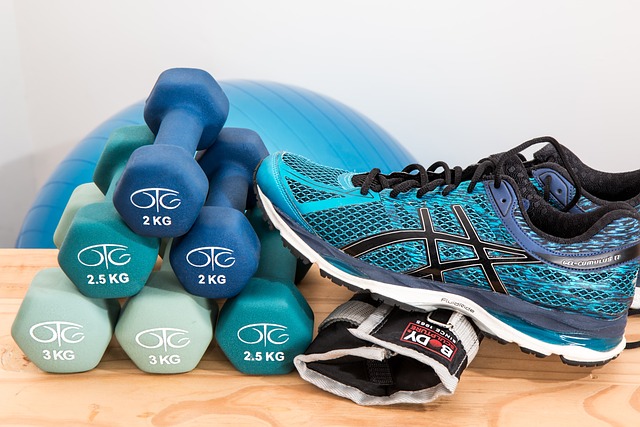Unlock Your Flexibility: The Ultimate Guide to Stretching for Exercise
Are you ready to take your workouts to the next level? If so, it’s time to talk about stretching. Often overlooked, stretching is the key to unlocking your body’s full potential during exercise. Whether you’re a seasoned athlete or just starting your fitness journey, incorporating stretching into your routine can lead to better performance and a decreased risk of injury.
Why Stretching Matters
Think about the last time you felt tight and stiff after a workout. Maybe you struggled to reach for something high or bent down to tie your shoes and felt a twinge in your back. This is where a consistent stretching routine comes into play. Stretching not only improves flexibility but also enhances your overall range of motion, making daily activities easier and more enjoyable.
Types of Stretching
There are two main types of stretching: static and dynamic. Understanding the distinction can help you use them effectively within your exercise regimen.
- Static Stretching: This involves holding a stretch for a period, usually between 15 to 60 seconds. It’s best done after your workout to help relax your muscles and improve flexibility.
- Dynamic Stretching: This is a more active form of stretching that involves movement. Dynamic stretches prepare your body for exercise by actively engaging your muscles and increasing blood flow. Consider integrating this into your warm-up routine.
The Benefits of Stretching
Incorporating stretching into your exercise routine offers an array of benefits:
- Increased Flexibility: Regular stretching helps improve your muscles’ length and ability to stretch, enhancing overall flexibility.
- Improved Posture: Stretching can help alleviate tension in your muscles, which contributes to better posture and body alignment.
- Enhanced Athletic Performance: A flexible body can respond more effectively during physical activities, leading to improved performance.
- Reduced Muscle Soreness: Stretching following workouts helps in reducing muscle stiffness and soreness in the days that follow.
- Boosted Relaxation: Stretching acts as a great stress reliever, allowing your body and mind to unwind.
How to Incorporate Stretching into Your Routine
Now that we understand the importance of stretching, let’s look at how you can easily fit it into your daily routine:
- Warm-Up: Begin your workout with dynamic stretches to prepare your body for physical activity.
- Post-Workout: Implement static stretching for all major muscle groups after your session to promote recovery and increase flexibility.
- Scheduled Sessions: Consider dedicating specific times during the week solely for stretching, which could include yoga or Pilates.
- Listen to Your Body: Everyone’s flexibility level is different, so pay attention to how your body feels and adjust your stretching accordingly.
Your Stretching Routine
To get started, here’s a simple stretching routine you can do at home:
- Hamstring Stretch: Sit on the floor with your legs extended, reach for your toes.
- Quadriceps Stretch: Stand and pull one foot towards your glutes while keeping your knees together.
- Shoulder Stretch: Bring one arm across your chest, hold it with the opposite arm to stretch the shoulders.
- Hip Flexor Stretch: Step into a lunge position, lowering your hips forward until you feel a stretch in the front of your hip.
- Cat-Cow Stretch: Get on all fours, alternate between arching your back towards the ceiling and dipping it towards the floor.
Remember, consistency is key! Making stretching a regular part of your exercise routine can enhance not only your workouts but your overall wellness.




